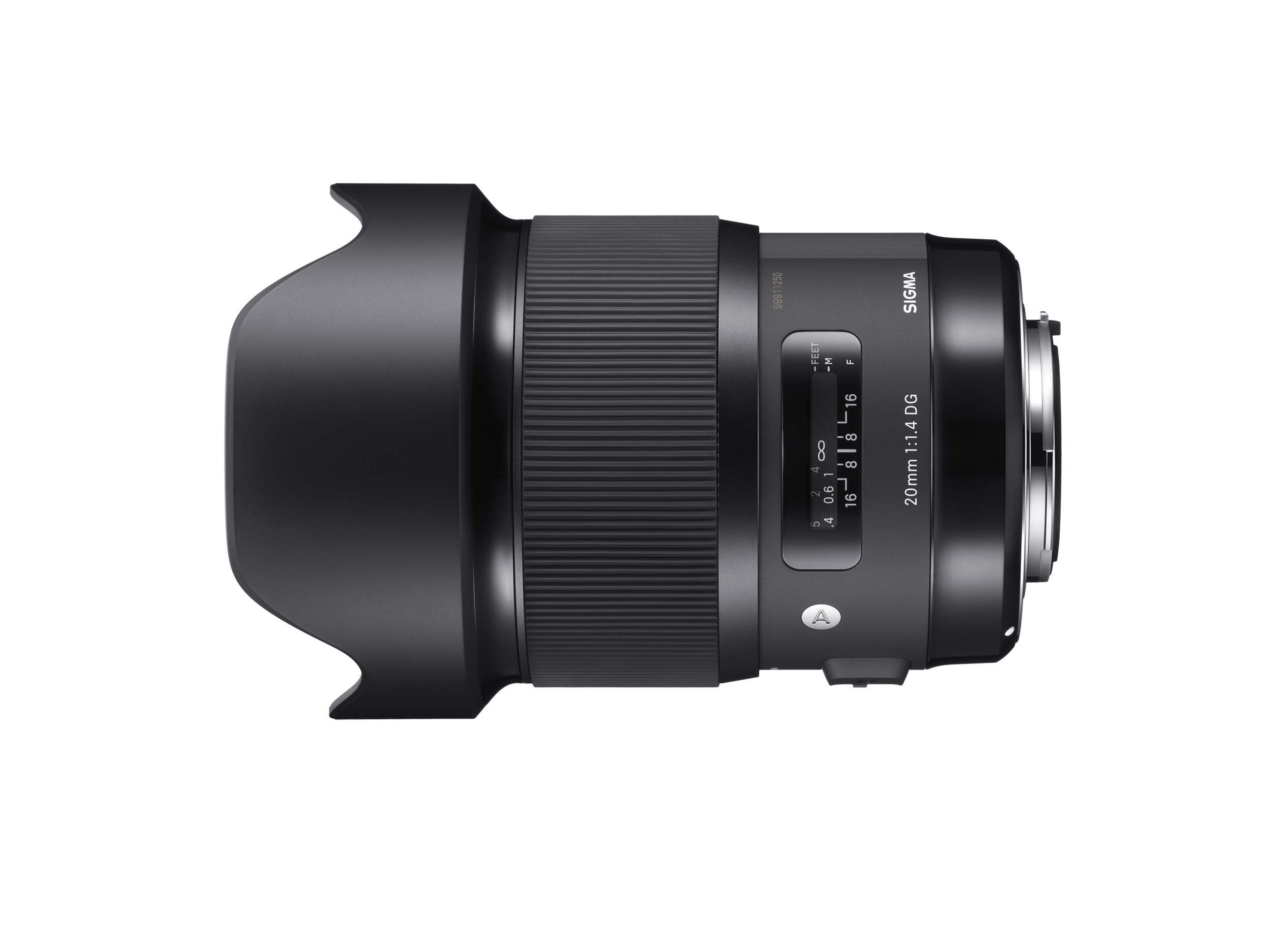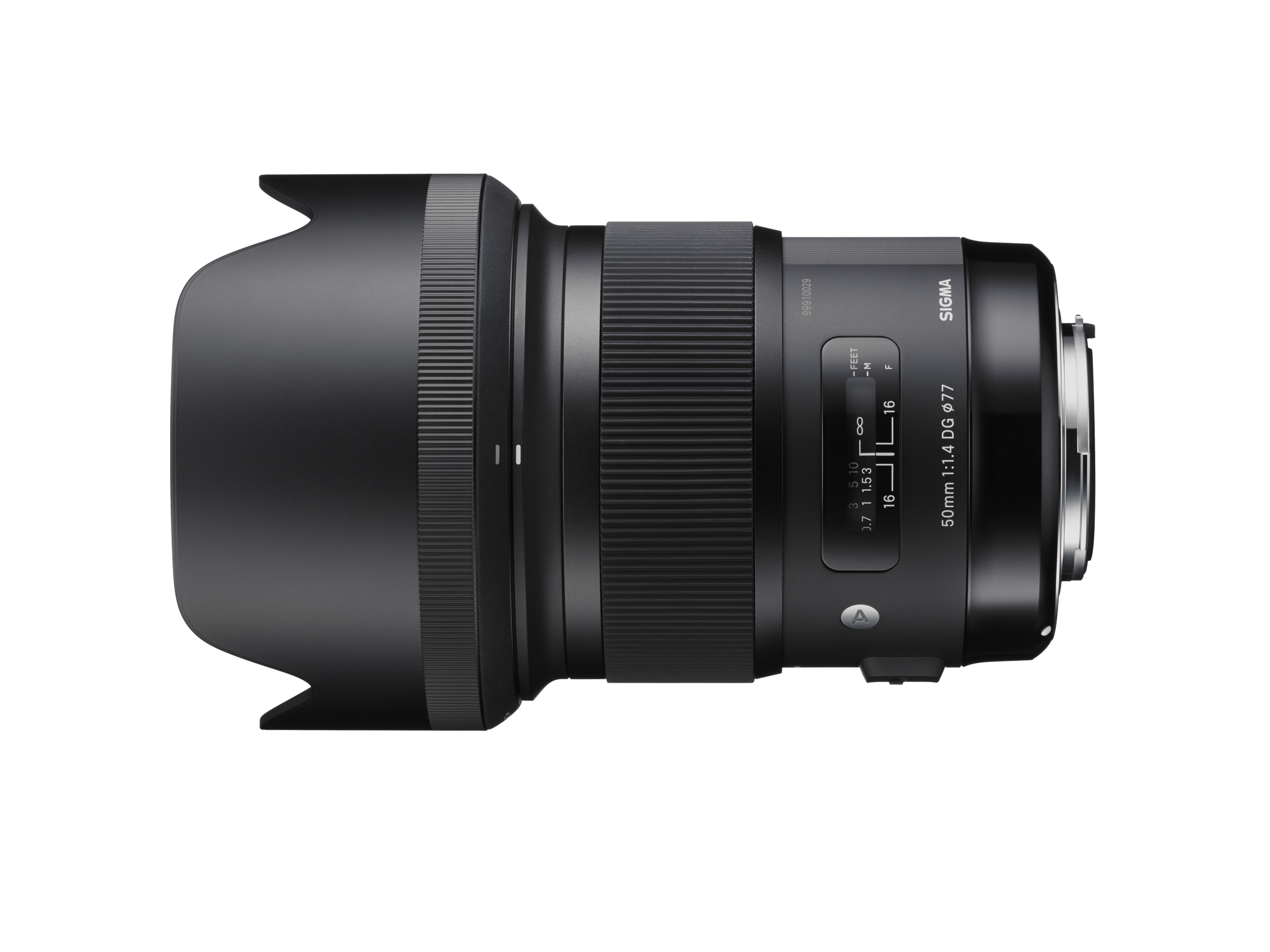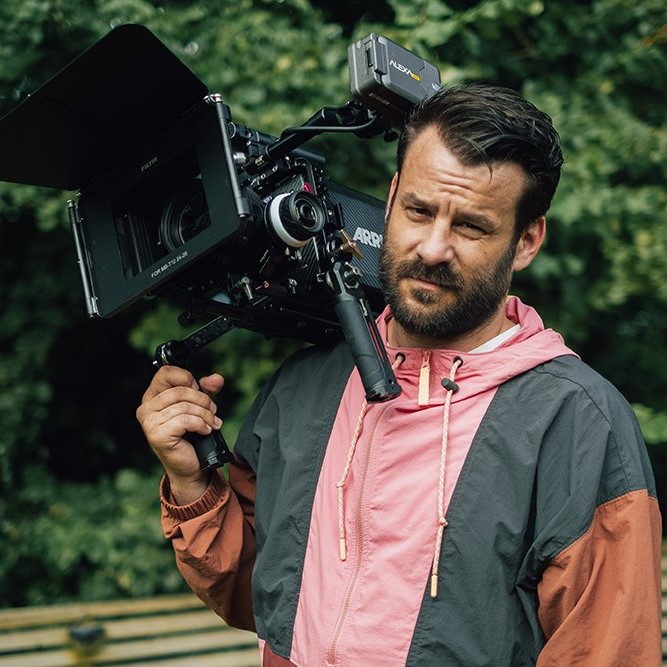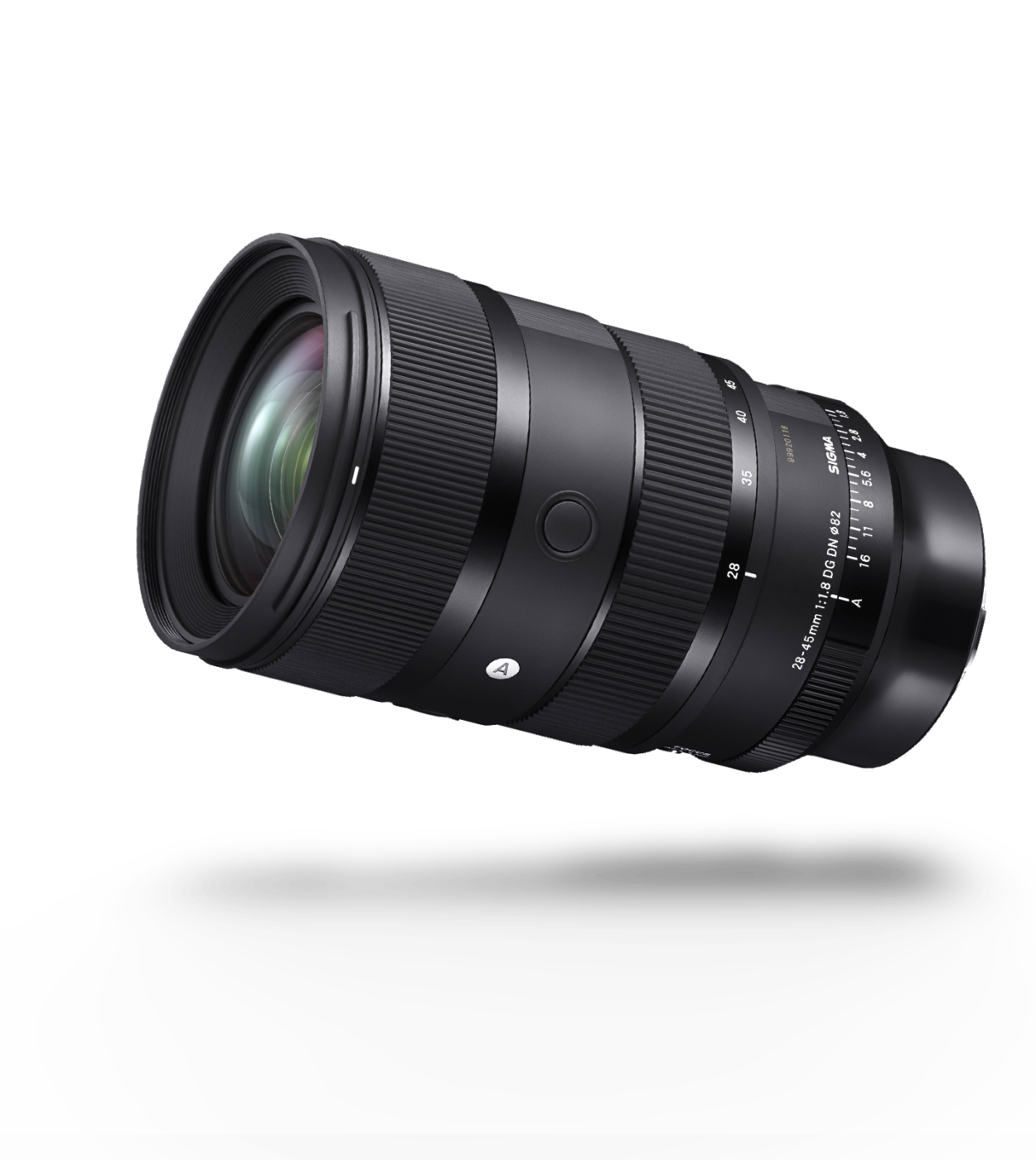We caught up with filmmaker Tamas Levardi as he premieres his latest short film ‘The Light Keeper’, shot entirely on the SIGMA 20mm F1.4 DG HSM | Art and SIGMA 50mm F1.4 DG HSM | Art. His film explores the struggles and finding your own path as a creative and searching for “the light”.
A troubled young woman finds unexpected solace in an old camera, igniting her passion to capture light and becoming her journey out of darkness into a light keeper.
The inspiration for the film was twofold. On one hand, I had been working on a larger project that required meticulous planning, and I felt the urge to create something more spontaneous and free-flowing, without the usual long development process. I started outlining the story idea and quickly realized that my vision would require an unconventional approach. Since light itself plays such a crucial role in the film, almost as a character, I wanted to capture it in its most natural and visual form. This meant shooting primarily at sunrise and sunset, which created a kind of creative restriction that informed how I developed the story.
On the other hand, I wanted to tell a story that resonates with people, especially those who understand what it’s like to be a creative person. Through the magical, somewhat abstract journey of a photographer, I aimed to explore the emotional experience of searching for “the light.” We all know what it feels like to be without that spark, but also the passion and drive that comes with finding it—whether it’s through a camera lens, a paintbrush, or a typewriter. My goal was to condense that shared creative experience into a short film.
As with all SIGMA lenses, I’ve always admired their clean, sharp look and the consistency across different focal lengths. These attributes are crucial, especially during post-production and colour grading, where flexibility is key. The uniformity across the prime lenses makes it much easier to match shots taken with different focal lengths, eliminating any challenges in creating a seamless look.
Before shooting, we conducted extensive tests on the SIGMA Art series lenses. I was particularly interested in how the lenses handled flares, especially for the final scene, where we used a strong LED light—held by Alice—aimed directly into the lens to mimic the sun being held by Alice instead of relying on CGI. The way the SIGMA lenses rendered those flares and light rays exceeded my expectations, providing a quality I usually associate with high-end cinema lenses. It instantly put my mind at ease, as they captured the fine details I was aiming for.
To create the dreamlike aesthetic, we shot most scenes wide open at F1.4 or F2. This required lenses that were razor-sharp even at wide apertures, and the SIGMA lenses performed exceptionally well—matching or even surpassing many cinema lenses in terms of sharpness.
Another challenge was that I operated the camera and the focus pulling myself, with every shot being handheld. Shooting at such wide apertures meant that even the smallest camera movements had to be precise, so we often did multiple takes to get it just right. We relied heavily on the SIGMA 20mm F1.2 DG HSM | Art for most shots and the SIGMA 50mm F1.4 DG HSM | Art for more intense scenes. These lenses helped reduce the shakiness of the handheld shots while maintaining the visual quality we needed.
Both the SIGMA 20mm F1.4 DG HSM | Art and SIGMA 50mm F1.4 DG HSM | Art ideal prime lenses for filmakers. Thanks to their wide apertures of F1.4, they are able to shoot in low-light conditions with ease. The 50mm focal length closely resembles human vision, making it easier to compose your scenes. By contrast, a 20mm focal length is much wider and allows sweeping landscapes to be captures. It can also be use for closer, more intermate shots to heighten a characters emotions.

950g
in weight
129.8mm
in length

815g
in weight
99.9mm
in length
Sometimes, working with a small setup can be a creative blessing. It forces me to think outside the box and embrace a minimalist approach, so I don’t necessarily see it as a challenge. However, in our case, a small setup still meant carrying a considerable amount of weight on our backs to reach remote locations.
The real challenge came from relying almost exclusively on natural light as our key source, even in indoor scenes. This required me to study the sun’s movement—either through an app or by observing it firsthand—to determine when the light would hit the windows just right. Our goal was to keep everything minimal.
For example, in the attic scenes, we only used a single red light bulb to illuminate the space, making the fast SIGMA lenses especially useful in capturing the desired look.
Outdoors, we faced additional challenges. For certain scenes, we had to wait up to two weeks between retakes of just a two-second shot because so many factors needed to align perfectly. We required clear skies, the right amount of wind to carry the seed fluff across the fields, and at least two days of dry weather beforehand to ensure the seed fluff would be airborne.
There were also moments when I was cycling through various locations and stumbled upon beautiful scenery. I’d take photos for inspiration, and then, on the next available day, we would return to shoot those scenes.
I’ve used the ARRI Alexa Mini cinema camera, which features a Super 35mm sensor and can shoot at a resolution of 3.4K in Open Gate mode. Generally speaking, this means the camera produces a softer image compared to other 4K or 8K cinema cameras, even though it retains a significant amount of detail. This is why using a sharp set of lenses, like the SIGMA Art series, is crucial for me. With SIGMA lenses, I can achieve the best possible image quality from the Alexa Mini, with virtually no image aberration or imperfections across any aperture setting.
Yes, Alice and I have worked together on many projects. Beyond being a loving partner, she’s been a constant source of support and inspiration. Whether encouraging me during the good times or pushing me to keep going during challenges, she’s always been there. Throughout our projects, we’ve trekked through marshlands with heavy equipment, climbed mountains in Wales, and waited out the rain to capture the perfect shot. We’ve woken up at 3 or 4 a.m. countless times to capture the right lighting, and no matter if she was behind the camera as part of the crew or in front of it as part of the cast during all these projects, she always gave her best.
This was her second time taking on an acting role, even though she’s not a trained actor. Directing someone without formal training required a different approach, but she truly excelled. Since her performance in The Light Keeper relied solely on facial expressions rather than dialogue, it was especially challenging, but her work has already received praise in short film reviews, which speaks to her talent.
Inspiration can come from many different sources, but I spend a lot of time reflecting and writing down my ideas. It is essential for me to create space for my thoughts to develop, especially when it comes to finding practical solutions. Execution is key for me. Even if I have a good idea, if it doesn’t fit within the budget or can’t be achieved technically in a way that enhances the story, it often gets set aside. Those ideas usually stay in the drawer until I can find a way to rework them and fit the project’s constraints without sacrificing quality.
When brainstorming, I always think about execution from the start. Can we realistically make this happen? If not, I move on to the next idea, or if I’m really attached to it, I spend more time figuring out how to bring it to life within the limitations. It works the other way around as well—sometimes I start by looking at the resources we have for production and then see what kind of story we can build around those elements.
We released The Light Keeper a month ago, and shortly after, I finished the screenplay for a feature-length film—a WWII war drama and psychological thriller. The screenplay received a strong evaluation on the Black List, which has been extremely encouraging for me. I’m currently looking for producers to join the project. In the meantime, I’ve already developed a detailed outline for my next screenplay, so I’m moving forward with that as well.
I think the best place to start at the moment is my Instagram page, where I share my photography and cinematography work. It also has links to my showreel and portfolio. However, if someone wants to dive straight into the core of my work, the best way to do that is through my website: tamaslevardi.co.uk.

Tamas is a filmmaker whose work focuses on storytelling and emotion. In his own words he is a geek with a vivid imagination. His award-winning short films combine unique camera work, detailed colour grading and carefully picked music choices to evoke and heighten the emotions of the scene.

Sign up to our newsletter